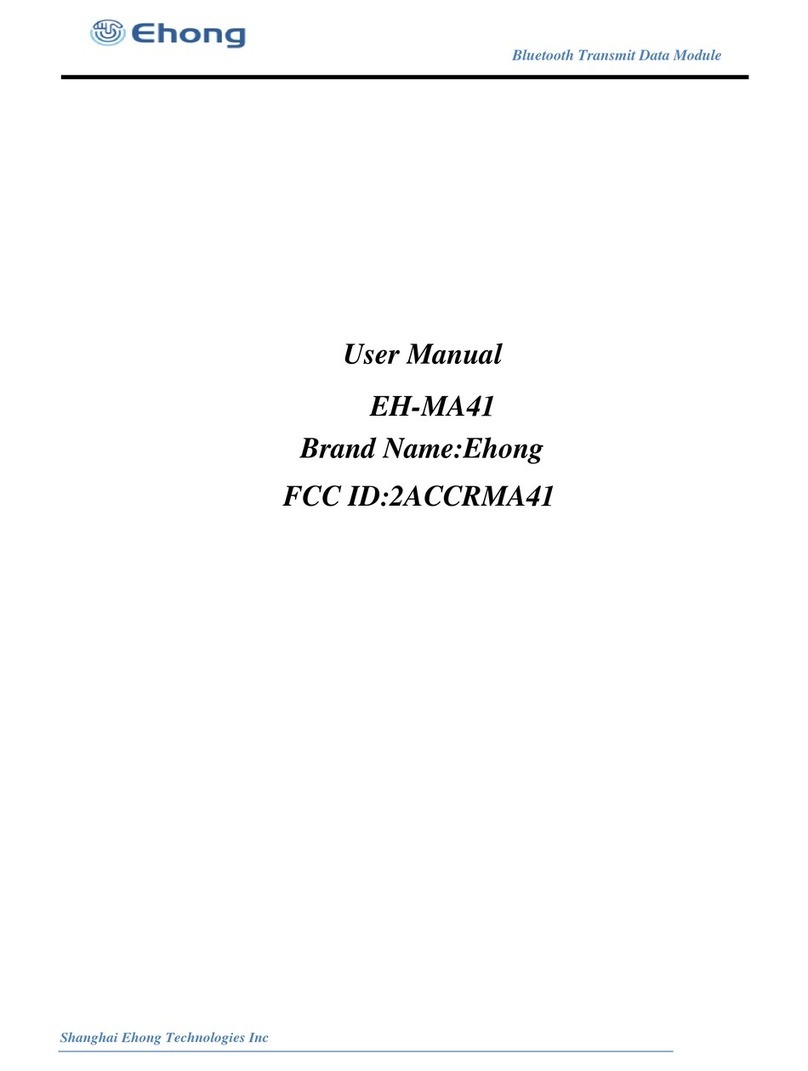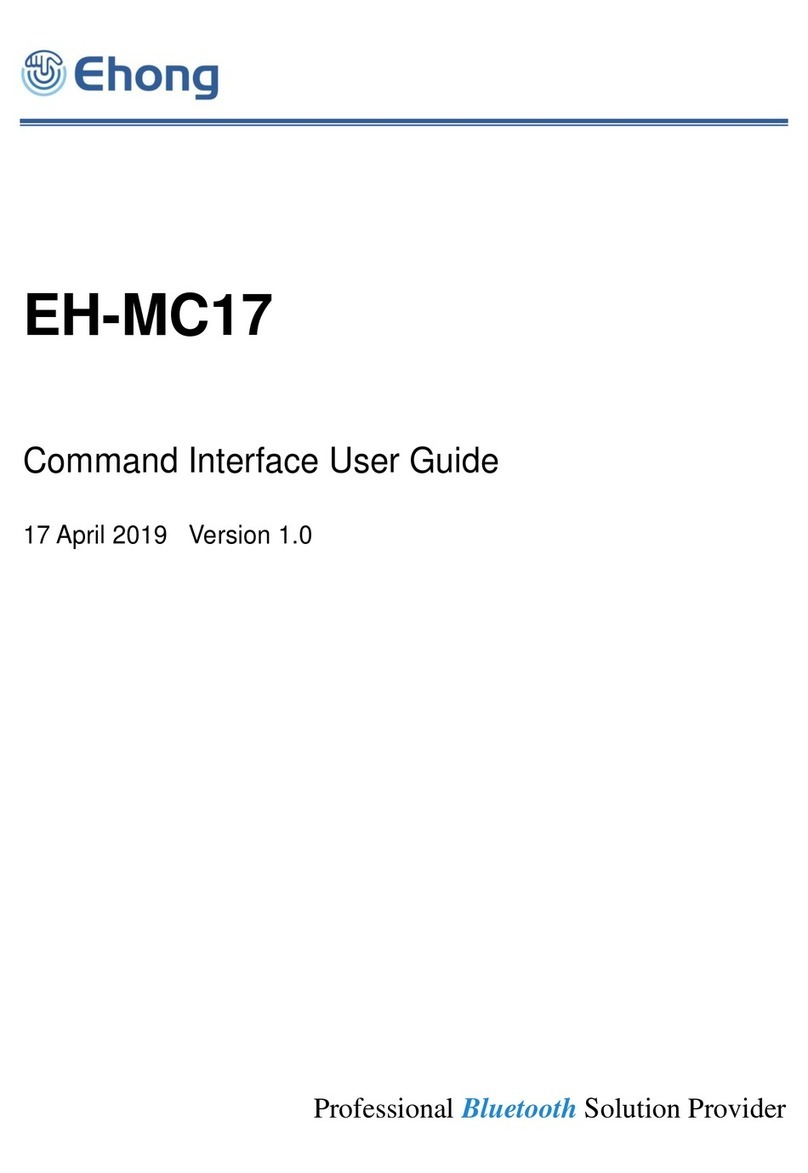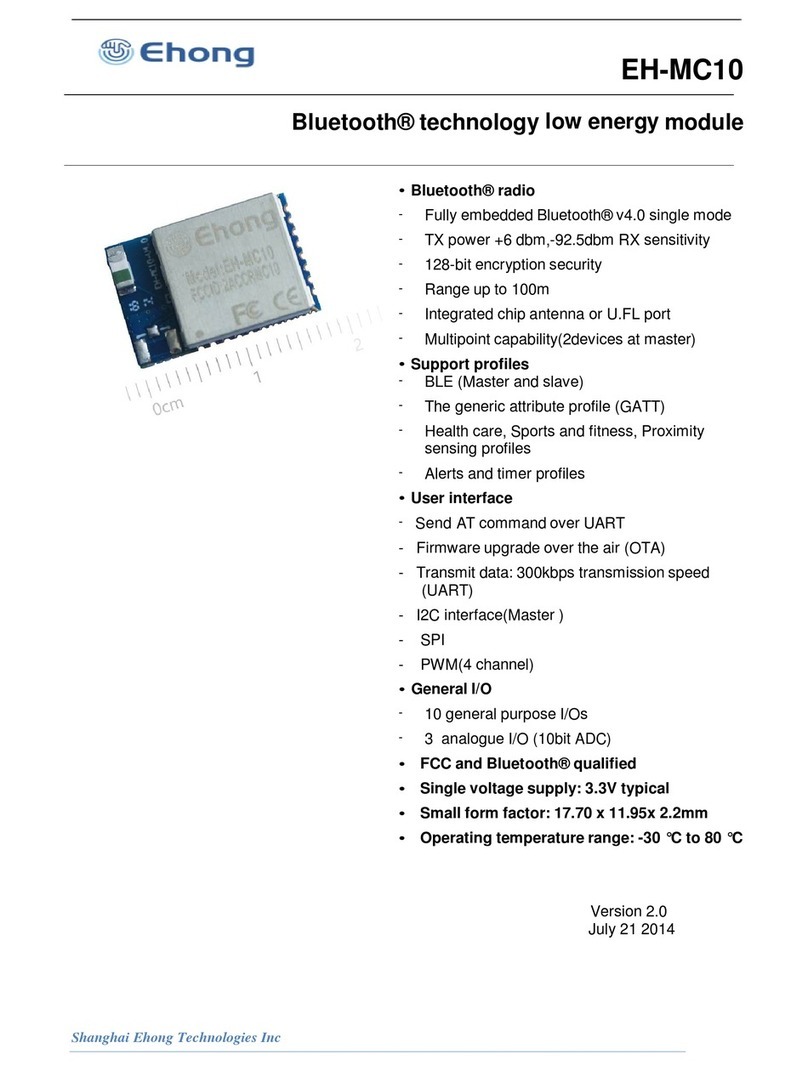Ehong EH-MB05 User manual




















Other manuals for EH-MB05
1
Table of contents
Other Ehong Control Unit manuals
Popular Control Unit manuals by other brands
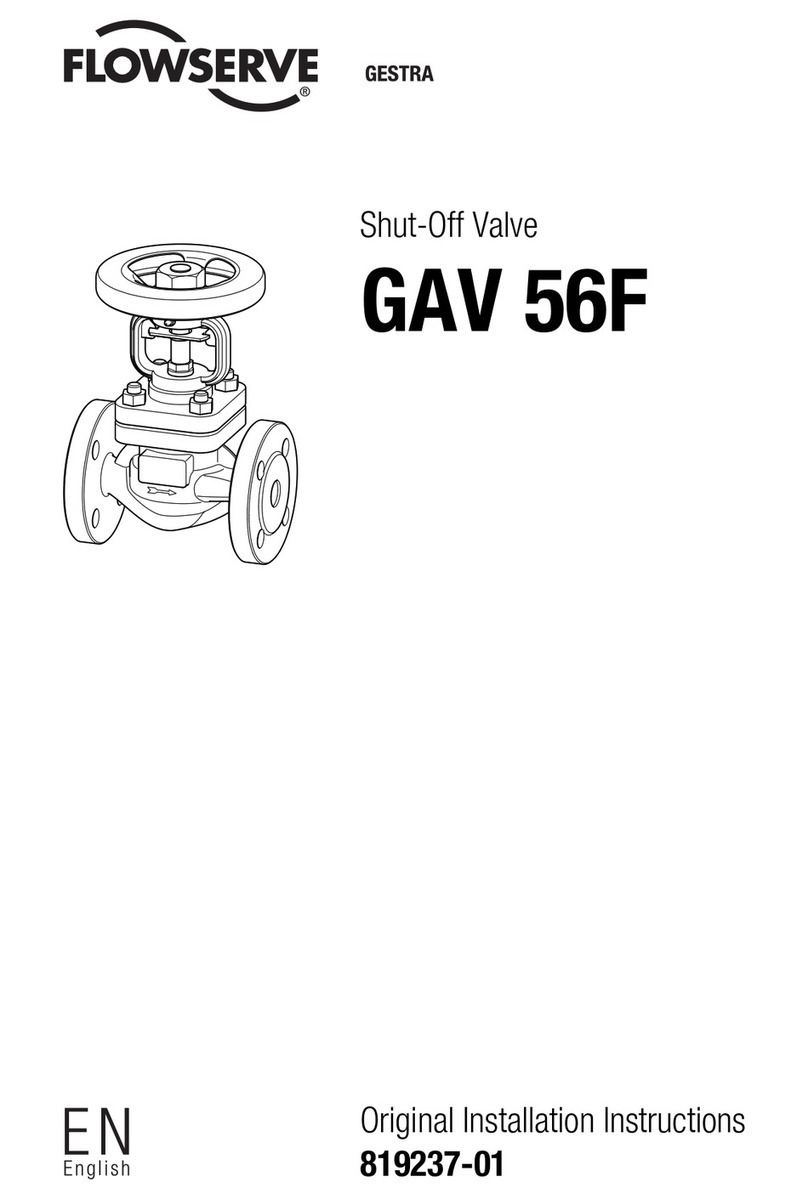
Flowserve
Flowserve Gestra GAV 56F installation instructions
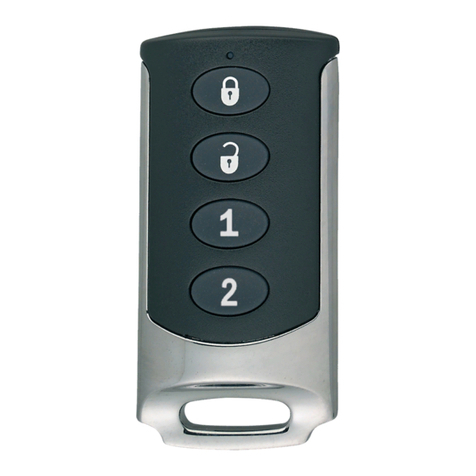
Interlogix
Interlogix RF-KF101-K4 Installation sheet
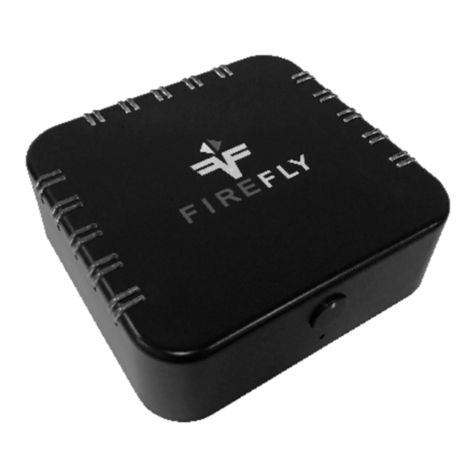
Nico Technology
Nico Technology FireFly manual
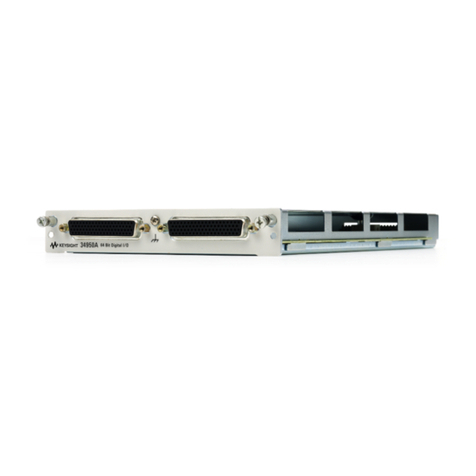
Keysight Technologies
Keysight Technologies 34950A user guide

Trikdis
Trikdis W485 installation manual

Sielco Elettronica
Sielco Elettronica D1-15P user guide
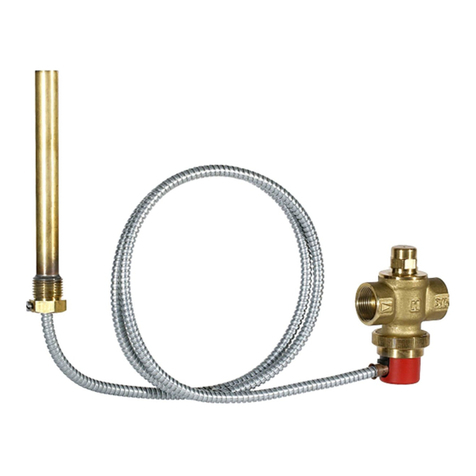
Honeywell
Honeywell TS131 installation instructions

Dakota Digital
Dakota Digital Odyssey ODY-19-3 manual
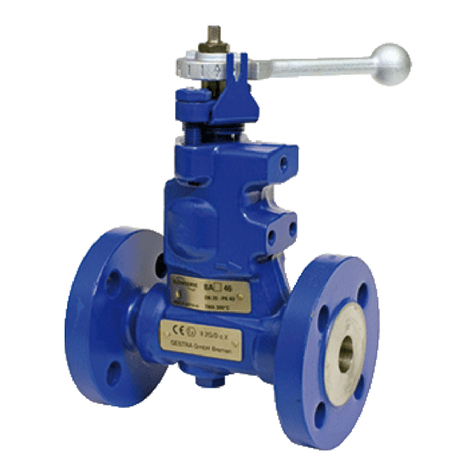
GESTRA
GESTRA BA 46 Original Installation Instructions
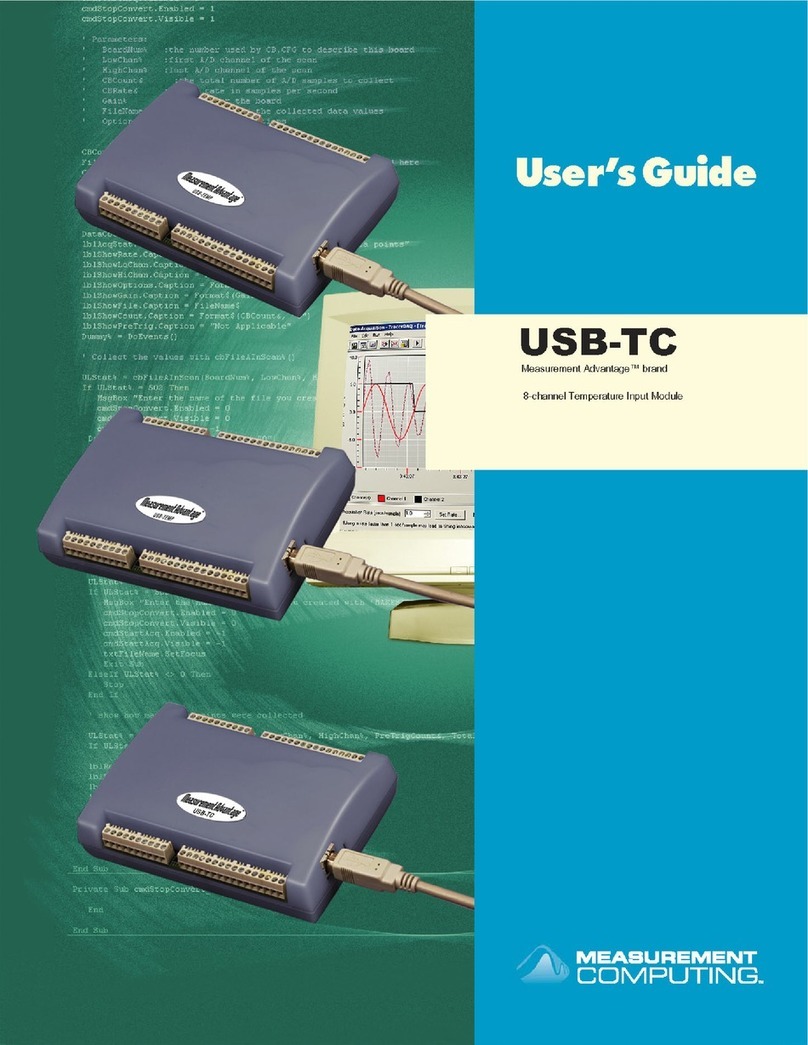
Measurement Computing
Measurement Computing Measurement Advantage USB-TC user guide
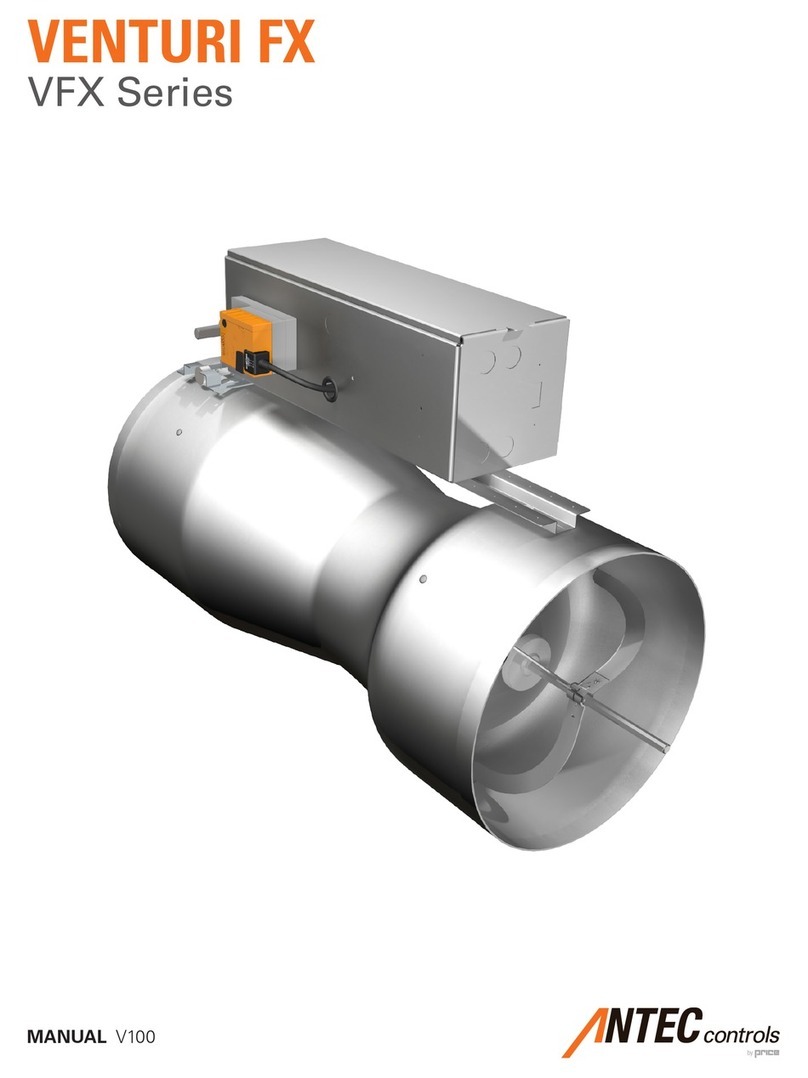
Antec
Antec VFX Series manual

Honeywell
Honeywell CentraLine CLCM1T installation instructions
Inficon
Inficon LDS3000 AQ Original operating instructions
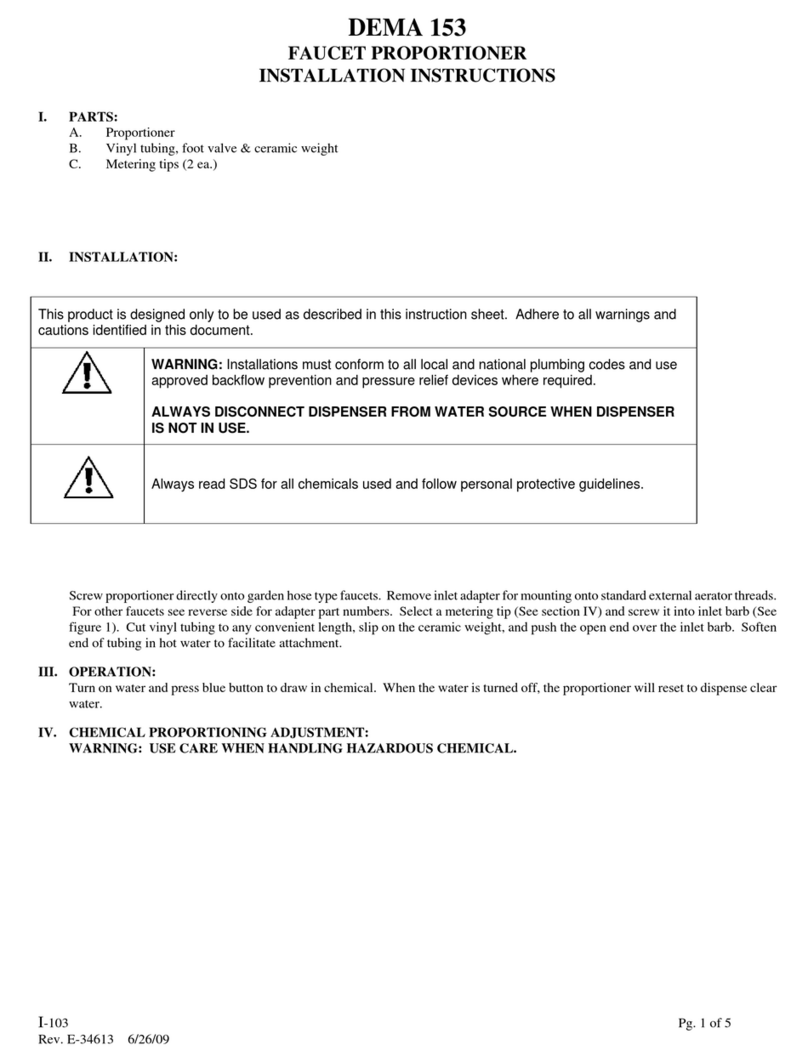
DEMA
DEMA 153 installation instructions
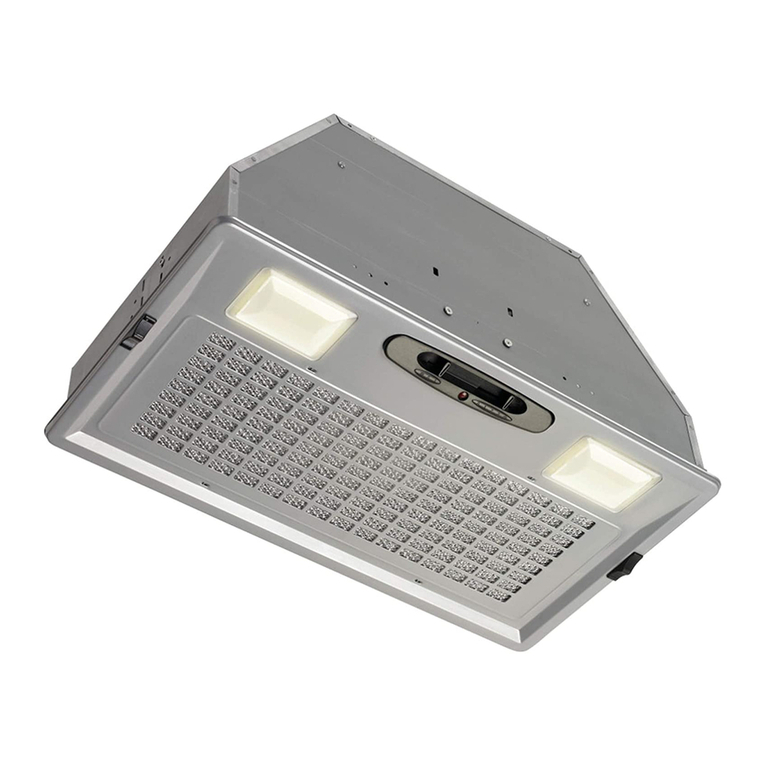
Broan
Broan PM390 SERIES instructions

Kessel
Kessel Pumpfix F Comfort Instructions for assembly, operation and maintenance
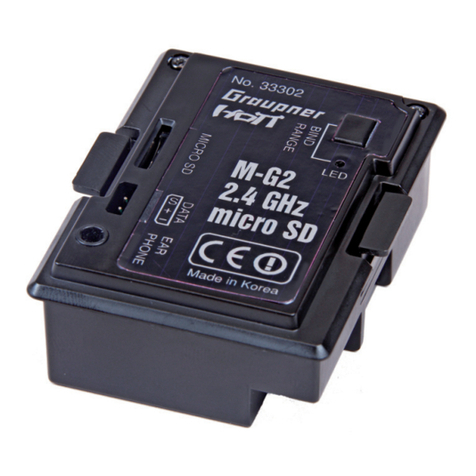
GRAUPNER
GRAUPNER HOTT M-G2 manual
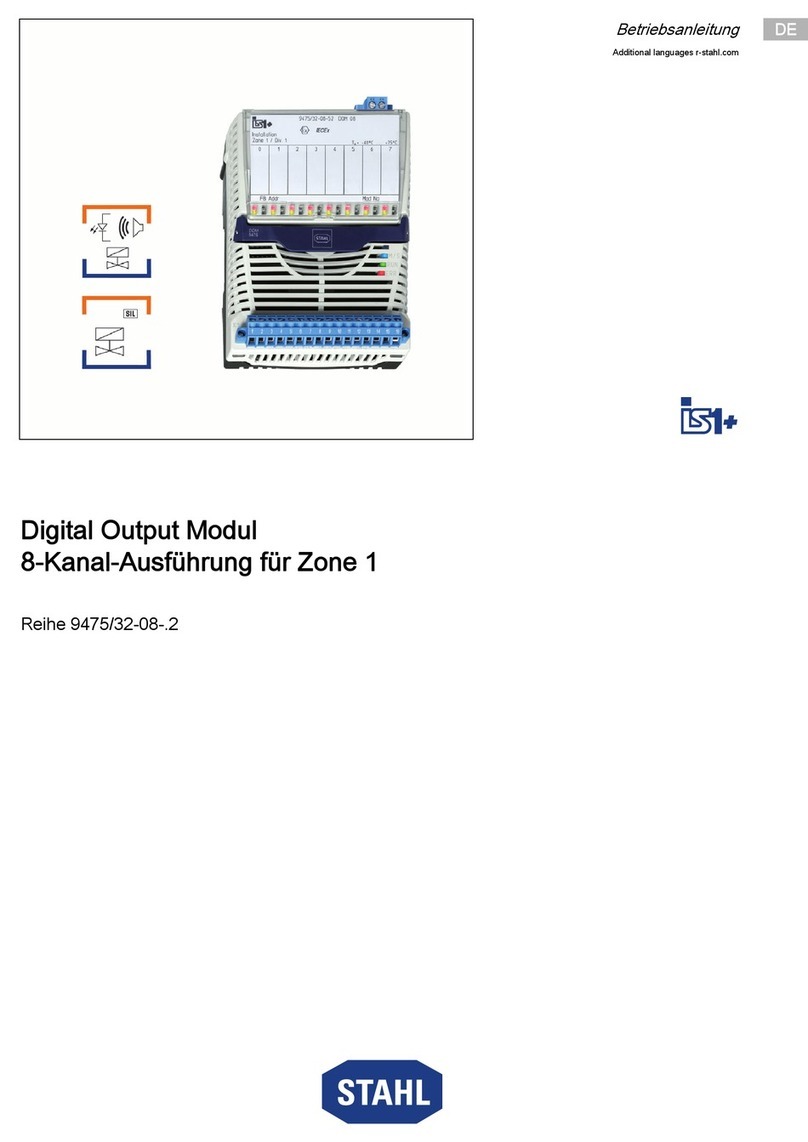
Stahl
Stahl 9475/32-08 2 Series operating instructions
